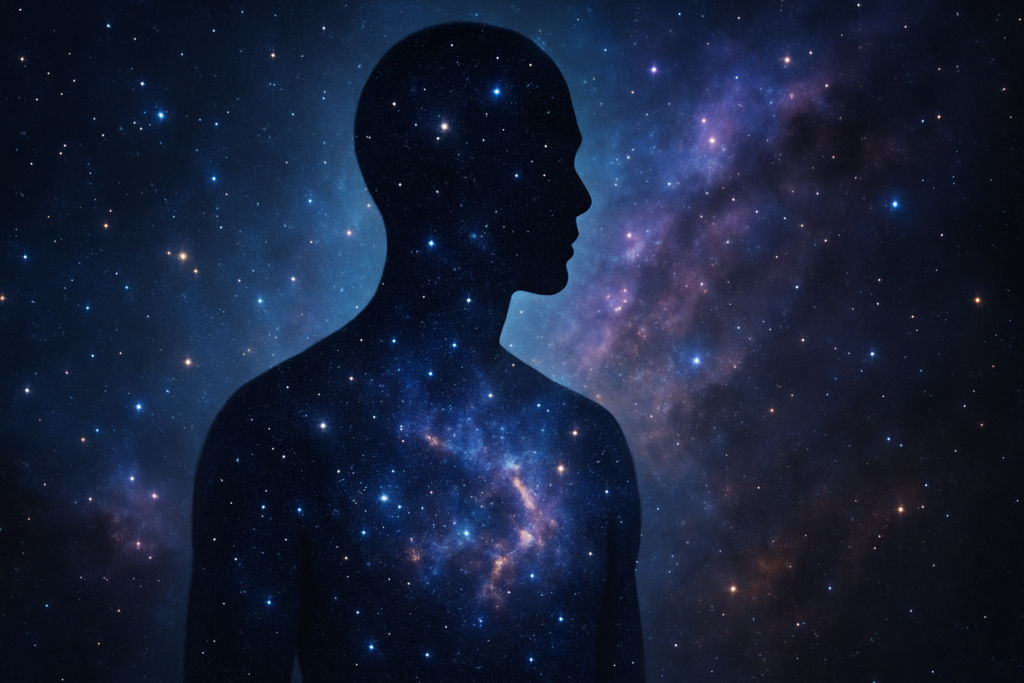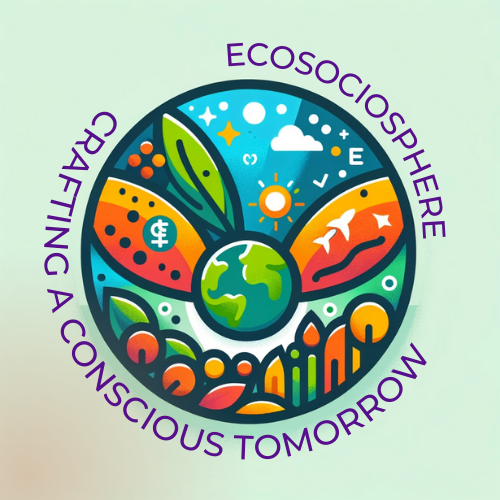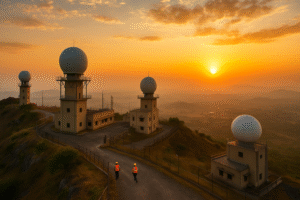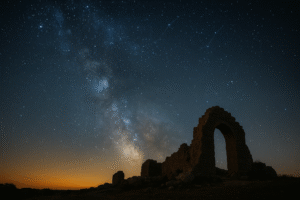Fun Fact: Nearly 97% of the atoms in your body were forged in the cores of ancient stars—long before Earth even existed.
If you ever feel small or insignificant, here’s a truth that might just change the way you look at yourself forever: you are made of stardust. Not metaphorically. Not poetically. Literally.
“You Are Stardust: The Cosmic Origins of the Human Body” isn’t just a catchy title—it’s a scientific fact. Every breath you take, every heartbeat, every cell in your skin carries atoms that were once part of ancient stars that exploded billions of years ago. You, dear reader, are a walking universe—wrapped in skin and curiosity.
So, let’s peel back that skin (metaphorically) and trace your atoms back to their cosmic beginnings.
The Elements That Make You… You
Let’s start with the basics. What is the human body made of?
- Oxygen – ~65%
- Carbon – ~18%
- Hydrogen – ~10%
- Nitrogen – ~3%
- Calcium, Phosphorus, Potassium, Sulfur, Sodium, Iron, Magnesium – ~4%
Now here’s the mind-blowing part: none of these elements (except some Hydrogen) were created on Earth. In fact, they weren’t even made in the Big Bang. Most of them were born inside stars.
A Star Is Born—and Dies
The earliest universe had only hydrogen, helium, and tiny traces of lithium. Heavier elements—the ones we need for bones, brains, and breath—didn’t exist yet.
So, how did we get from a hydrogen soup to human beings?
Here’s how:
- Fusion in Stars – Inside stars, hydrogen fuses into helium. As the star ages, it creates heavier and heavier elements like carbon and oxygen.
- Supernova Explosions – When massive stars die, they explode in supernovae, scattering all those elements—like iron, gold, and uranium—into space.
- Recycling – Those elements float in space, mix with dust and gas, and eventually collapse into new stars, planets, and, yes—life.
So every atom in your bones, every iron molecule in your blood, every calcium bit in your teeth—was created in a star that died long ago.
As astrophysicist Dr. Carl Sagan famously said, “We are made of star stuff.”

Earth: The Dust Settles
About 4.6 billion years ago, a swirl of dust and gas—enriched by dead stars—formed our solar system. Earth coalesced in this cosmic brew, inheriting the periodic table’s finest.
This wasn’t a gentle process. It was violent. Collisions, heat, gravity—all shaping the molten young Earth. Eventually, water arrived (possibly from icy comets), and life began.
But life didn’t create its elements. It borrowed them.
Think about it: the iron in your blood once pulsed in a star’s heart. The calcium in your bones was once trapped in stellar dust. You are cosmic inheritance, walking.
The Cosmic Chemistry of Life
Let’s go deeper.
- Carbon, the essential building block of all organic molecules—is formed within the fiery cores of red giant stars.
- Oxygen, critical for respiration, is made in massive stars and released during supernovae.
- Iron, which makes your blood red, forms in the final seconds of a supernova.
Even zinc, crucial for your immune system, and iodine, needed for your thyroid—were all made in stars.
This isn’t romantic fluff—it’s confirmed by spectroscopy, the study of how light interacts with matter. Scientists use it to detect the elemental makeup of stars—and the match to human elements is uncanny.
You Are Stardust… And So Is Everything Else
Here’s the kicker: this doesn’t just apply to you.
- The tree outside? Stardust.
- The phone you’re holding? Stardust.
- The ocean, your cat, the air you breathe? Yep—Stardust.
The universe isn’t “out there”—it’s inside you. You are the cosmos, made conscious.
In the words of theoretical physicist Brian Cox, “We are the universe made manifest, trying to understand itself.”

A Spiritual Twist to a Scientific Truth?
For centuries, spiritual traditions have claimed we’re connected to the cosmos. “Ashes to ashes, dust to dust,” they said. Turns out they weren’t far off—just using older language for what astrophysics now explains.
In Hinduism, the idea of Pancha Mahabhutas—earth, water, fire, air, and space—echoes eerily with the idea of elemental stardust. In many Indigenous worldviews, humans are not above nature but of it.
Science is now reuniting us with that lost sense of belonging.
So, What Do We Do With This Knowledge?
It’s beautiful. But is it useful?
Absolutely.
- Humility – Knowing we’re stardust levels us. No one is “more cosmic” than anyone else.
- Urgency – We’re lucky passengers on a fragile, stardust-formed planet. Let’s not waste the gift.
- Wonder – In a world that’s often tired and cynical, the idea that you’re made from exploded stars can jolt you awake.
Next time you’re stuck in traffic or arguing over bills, remember: You are literally the debris of ancient suns. Maybe that changes everything.
Conclusion: Stardust With a Story
“You are stardust” isn’t just a science soundbite—it’s your origin story.
It’s proof that everything is connected. That death makes life possible. That chaos births beauty. And that your body—yes, yours—is a galactic heirloom.
We spend so much time looking up at the stars, wondering what’s out there. Maybe it’s time we looked inward and said: “I already know.”
Because the universe didn’t just give you life. It made you from its heart.
Author’s Note
This blog is a reminder that no matter how ordinary your day feels, your atoms carry the history of galaxies. You are proof that the universe recycles everything—especially wonder.
G.C., Ecosociosphere contributor.
References and Further Reading
- NASA – The Origin of Elements
- BBC – You Are Stardust
- Scientific American – Cosmic Origins of Life’s Elements




